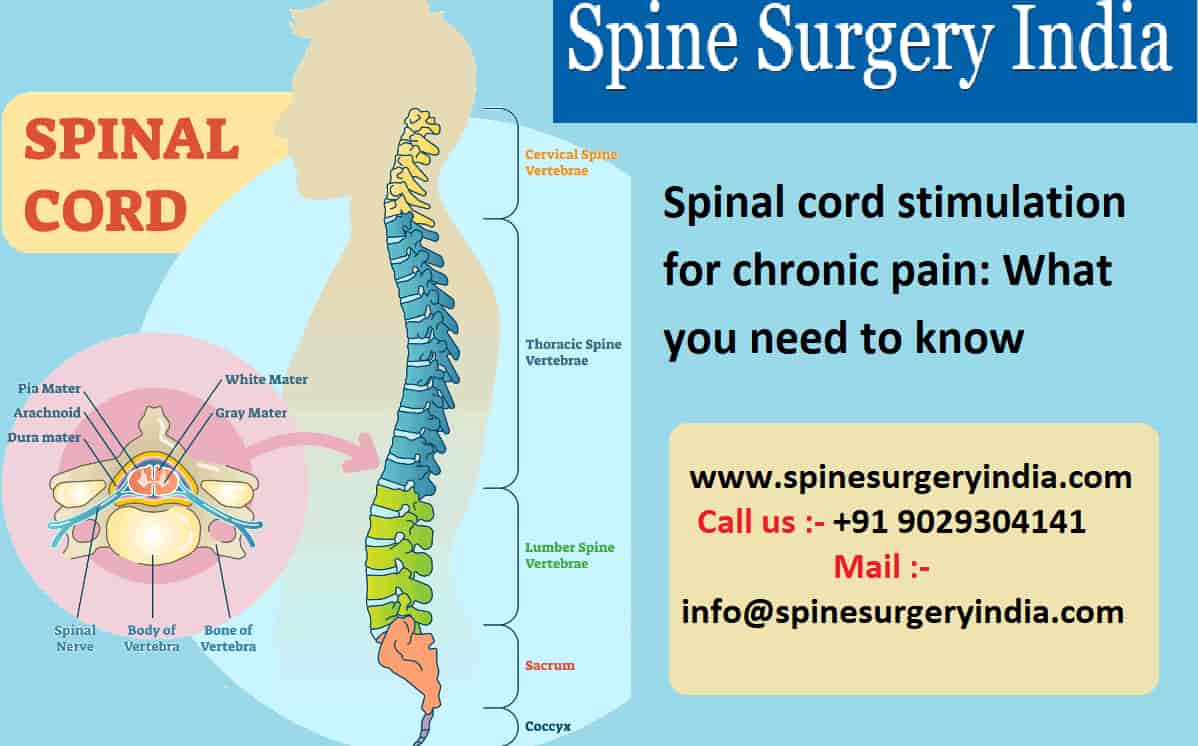Get Kyphoplasty to cure Sore Compression Ruptures of Spine
Kyphoplasty
Kyphoplasty treats Painful Compression Fractures of Spine
With the thorough consideration on where to get the spinal conditions well-treated from, Spine Surgery India shows itself committed to covering the complete range of best spinal treatments and surgeries. Also known as a trusted source of facilitation for spinal treatment and surgery in India, the company is really been the first preference for its clients when to consider for finest spinal solutions.
So kyphoplasty in India that is one of spinal treatments available at Spine Surgery India is used to treat sore compression fractures in the spine. Kyphoplasty presents itself a minimally invasive procedure that stabilizes a fractured vertebra, as well as restores height and spinal alignment.
In this spinal surgery, balloons are come in use to gently lift up the fractured vertebrae in an attempt to return it to the correct position. Yes, the balloon forms a void or a cavity that gets then filled with a particular cement to stop the additional collapse. Also this surgery may be executed in the patients who have the severe pain requiring for hospitalization or conditions that limit bed rest and medications.
Benefits
Advantages to Kyphoplasty
- Major and continued reduction in back pain
- Sustained vertebral body height restoration
- Continual improvement in quality of life
- Nonstop improvement in ability to do activities of daily living
- Important reduction in number of days per month that a patient stays on bed due to back pain
Who to Kyphoplasty
Who needs for Kyphoplasty?
Kyphoplasty is usually reserved for those who come with painful progressive back pain secondary to osteoporotic or pathologic vertebral compression fractures.
To know candidate for a kyphoplasty, you need to have a patient whose pain must correlate to the vertebral fracture, and must not be due to other problems, such as disk herniation, arthritis, or stenosis.
Before procedure
Before the procedure
- Before the procedure to check your health, your doctor is liable to meet with you.
- You will also have testing done as this may include X-rays or an MRI scan to help your doctor see the fractures. Also you may have blood tests.
- Talk with your doctor about any medications you are taking.
- You may be advised to avoid eating or drinking anything for several hours before the surgery.
During procedure
During the procedure
- During the surgery, the doctor will insert a needle through your skin and back muscles and into the bone, then blow up the balloon. This opens a space for the paste-like cement and may assist the bone recover its normal shape.
- Next, your doctor is likely to inject the cement mixture into the bone while verifying X-ray images to ensure that the cement goes into the right place.
- If the doctor needs to treat more than one vertebra, the procedure may go longer.
- You will spend time in a recovery room after the surgery.
After procedure
After the procedure
- An hour after the procedure, you may be able to start walking.
- You are likely to feel some soreness where the needle was put into your back; this may last a few days.
- Talk with your doctor on avoiding to any activities after the procedure.
- Also your doctor may suggest you to take certain vitamins, minerals, and medications that help in making stronger your bones and preventing more fractures in your spine.
During the procedure
- During the surgery, the doctor will insert a needle through your skin and back muscles and into the bone, then blow up the balloon. This opens a space for the paste-like cement and may assist the bone recover its normal shape.
- Next, your doctor is likely to inject the cement mixture into the bone while verifying X-ray images to ensure that the cement goes into the right place.
- If the doctor needs to treat more than one vertebra, the procedure may go longer.
- You will spend time in a recovery room after the surgery.
After the procedure
- An hour after the procedure, you may be able to start walking.
- You are likely to feel some soreness where the needle was put into your back; this may last a few days.
- Talk with your doctor on avoiding to any activities after the procedure.
- Also your doctor may suggest you to take certain vitamins, minerals, and medications that help in making stronger your bones and preventing more fractures in your spine.




















